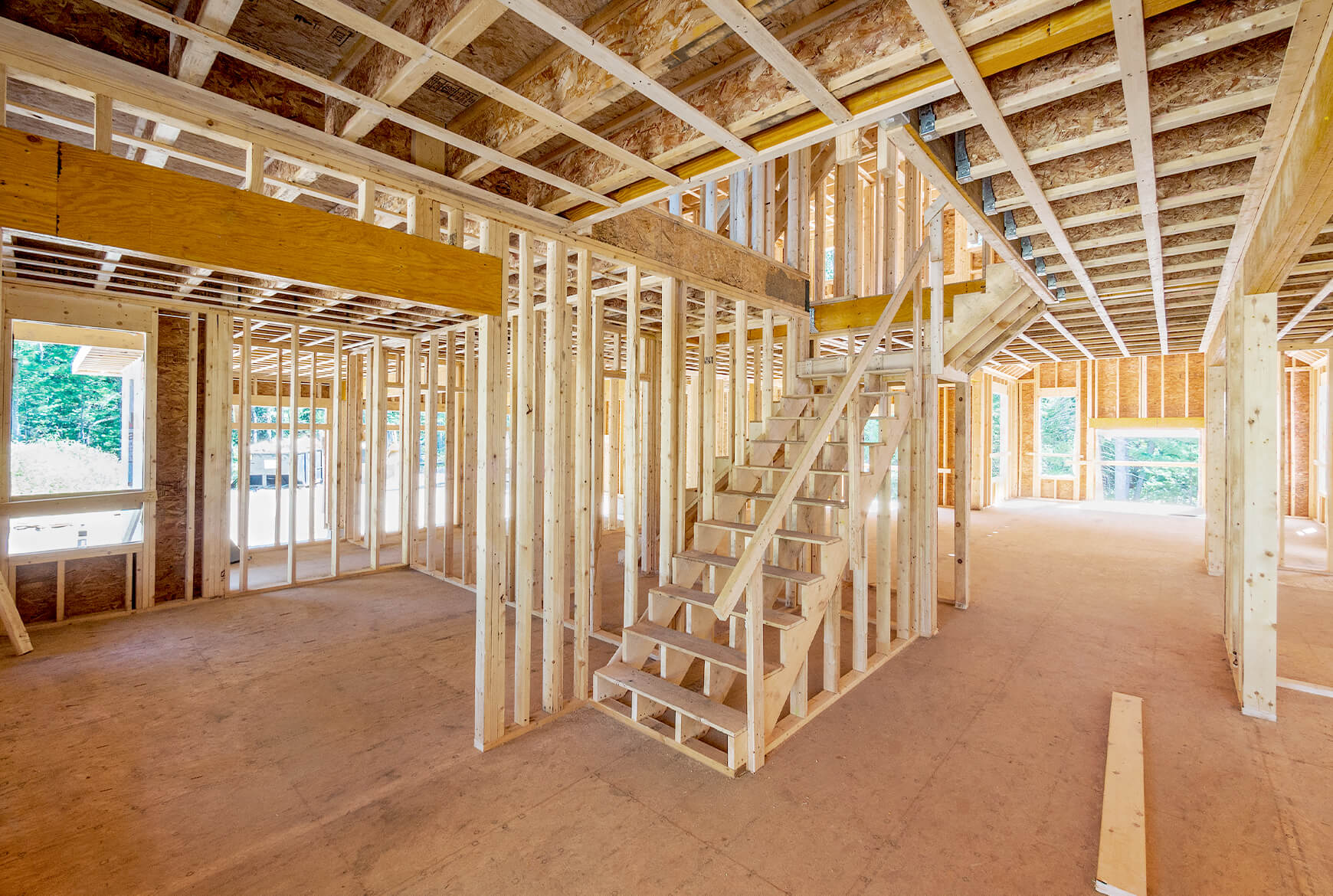Increase in the price of construction materials
Yes, construction material is expensive...it’s pricier than ever. But we still need the equipment, especially after a loss!
Rebuilding a house is more expensive than ever. So is repair work. It all adds up, but it also has the same effect on your insurance premiums. The repercussions are mind blowing, wouldn’t you agree? So then, how can we reduce the financial impact on you?
Develop a savings strategy
As the saying goes, nothing ventured, nothing gained. So why not take a shot at lowering the cost of your home insurance. You have everything to gain.
Bundle your insurance
Combine all your insurance products with the same insurer. Your home, car, RV... all insured under the same roof. You’re likely to get a discount for bundling your products. A few dollars saved here, a few more there...
Increase your deductible
Why? To reduce your monthly payments. If your deductible goes from $250 to $500, for example, you will pay less for your premium. However, you must be confident you would be able to pay the deductible amount in the event of a loss.
Adjust your coverage
Tailor the coverage level according to your needs. Do you really need all your various coverages? Your home insurance helps you avoid costs that could result from an eventual loss. The price is set based on the value of your home, but also of your property. Make sure to get coverage that reflects the value of your assets.
So, was that helpful? In any event, you now have a better overview and more options...


